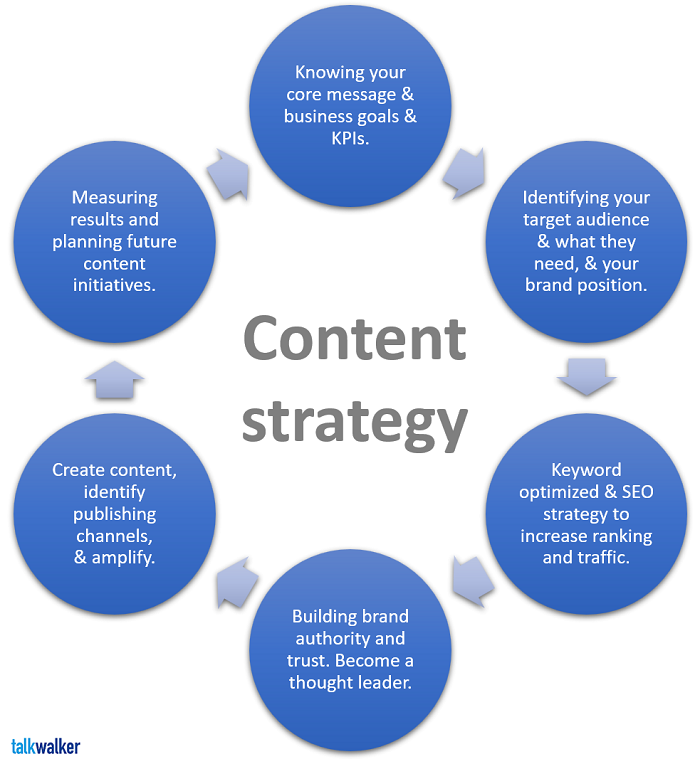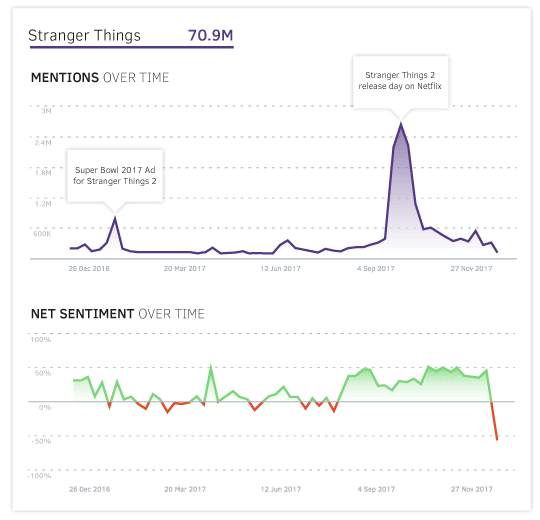Considering the amount of ads thrust under our noses, is it any wonder that we’re ignoring the majority? Your favorite TV program is interrupted with ads for soap powder, newspapers are full of ads promoting weight gain or weight loss magic remedies, a country drive is marred by billboards splashed with images of junk food.
An increasing number of people are now using ad-blockers online, and we head to the kitchen to make a coffee during commercial breaks. People are no longer seeing advertisements in the same way they used to.
But we still seek out new information every day. We want to be inspired and educated, we want to laugh at jokes and be outraged by controversy.
We’re looking for advice on what to eat, what to buy, what to wear. People are looking for authentic content to help them make decisions.
Businesses, recognizing this shift in consumer behavior, have killed the hard-sell tactics. Brand-speak has been humanized to appeal to the modern consumer shift.
Content is the new advertisement
Effective brand content doesn’t promote a product – it targets a consumer pain point and demonstrates how that product will help solve the problem.
These days, content marketing needs to be part of your marketing tactics. Producing quality content – blog posts, videos, white papers, podcasts, case studies, quizzes, infographics – will help you meet your various marketing goals and KPIs:
– Increased traffic to your website
– Enhanced social media strategy
– Higher page ranking in search engine results
– Recognized as an industry expert
– Targeted PPC ads
– Stay top-of-mind with customers and prospects
– Higher conversion rates
– Reduced churn
Research shows that 47% of buyers view at least 3–5 pieces of content before they contact a sales representative, and content marketing costs 62% less than traditional marketing.
Win-win.
If only it was so easy.
A content strategy doesn’t last forever.
Not only does it have to be flexible, but it also has to evolve. Brands grow up, expand, change. A customer base can alter overnight. Products are terminated, and new ones launched.
If you want to stay ahead of the game – an industry leader – your content strategy has to be reviewed and updated regularly.
Or, in the case of failure… trashed and recreated. Sometimes over and over again.
How to know if your content strategy is failing
There are signs. If you see any of the following symptoms, it’s time to take action… and fast.
Numbers are dropping
– Social media traffic
– Page views
– Overall website traffic
– Revenue
– Time spent on site
– Conversions
Social media
How are your social media accounts performing? If your follower growth is static, and engagement is reducing, it’s time to take action
Which social channels is your target audience using? You’re wasting precious time if you’re pushing hard on Twitter, while your audience is sharing photos on Instagram.
Does your tone of voice resonate with the social channel? With your audience? Talking ‘street’ on LinkedIn probably won’t generate positive engagement.
Is your content channel-appropriate? YouTube obviously loves video, while Instagram craves images. If you’re posting all your awesome videos on Twitter, you’ll probably never reap what posting on YouTube would bring.
Posting long-form content on LinkedIn, while your audience languishes on Twitter, is a non -starter.
Search engine ranking
Last week, you were showing up on page 1 – this week, page 9. Devastating, but not irreparable.
It’s time to update your SEO strategy
What keywords are consumers using in searches? Are you using them in your content?
Did Google update its algorithm? Have you accommodated this change?
Is your website easy to use? Is it 100% responsive? Loading time is good? Navigation is user-friendly?
You can use a social listening tool – like Talkwalker – to monitor consumers online conversations, helping you identify keywords and trends which are likely impacting your business.
What keywords are your competitors using? Are you using them too? Monitoring your competitors’ keywords should also be part of your competitive intelligence strategy.




